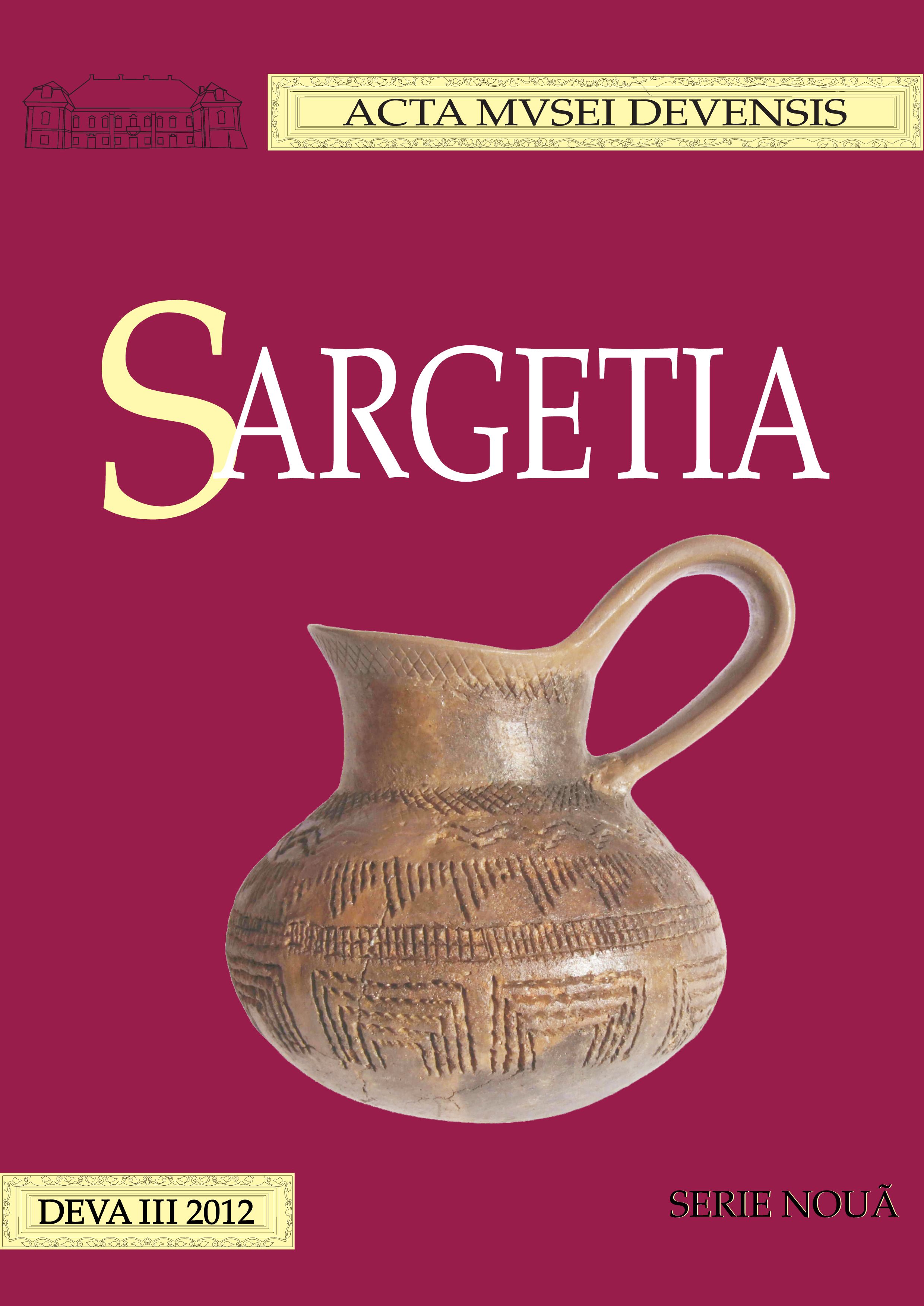Premise teoretice pentru o nouă clasificare a ceramicii dacice
Theoretical Premises for a New Classification of Dacian Pottery
Author(s): Cătălin CristescuSubject(s): Archaeology
Published by: Editura Altip
Keywords: ceramic theory; pottery classification; typology; functionality; Dacian pottery
Summary/Abstract: The present paper wishes to pass in review the main classification criteria for ancient pottery used in the international bibliography, in order to identify the ones that could prove essential in the shaping of a new classification of Dacian pottery. Ceramology entered a new stage in its evolution, the contextual stage, in which pottery is more regarded as a cultural product, needed to be studied and understood in its economic and social context, rather than an index fossil. In this stage, archaeometry, experimental archaeology, ethnography, and ethnoarchaeology offer additional data to the field, alongside laboratory analysis. All of these sciences help to a better comprehension of ancient ceramics, but in order to have relevant results, pottery studies should be also linked to the theoretical and methodological progress in the field. The ceramic theories will be reflected in the classifications they have shaped and proposed. Thus, from the many criteria used to classify ancient pots, some researchers used typology as the main one, others technology, style, or functionality. For a long time, typology was the first option, helping in establishing typo-chronologies; however, form was not the only recorded attribute, as features like paste, color, texture, ornamentation, or provenance enriched the scientific approach. Recent ceramic methodologies favor the functional criterion and promote classifications based on functional categories. In this regard, functionality groups together data provided by morphological features (as well as metrological info and mathematical relationships), technological attributes (modeling, paste, surface treatment, firing, color), and functional ones (formal use and current use). Establishing the functionality of ancient pots is not easy and, in the absence of written or ideographic sources, it is related to aspects such as shape, porosity, surface treatments, residues, secondary firing, use marks, or archaeological context. Compiling all this data, researchers discuss the following main functional categories: table ware, cooking and kitchen ware, storage and transportation vessels, and cult vessels.Taking into consideration the notions above, I believe that Dacian pottery could be successfully classified based on functional categories, but only after an intense publishing effort on developing individual pottery classifications for each major Dacian settlement discovered so far.
Journal: Sargetia. Acta Musei Devensis
- Issue Year: 2012
- Issue No: 3
- Page Range: 101-118
- Page Count: 18
- Language: English, Romanian

